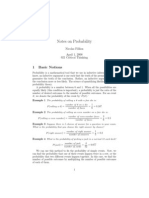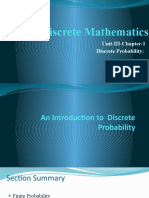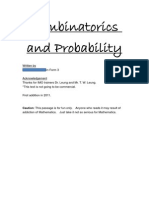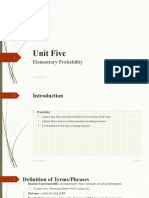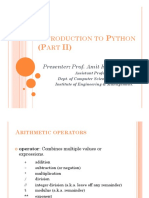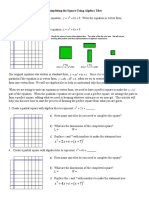0% found this document useful (0 votes)
4 views25 pagesUnit1 - Probability Deep Learning
This unit explains the fundamentals of probability essential for deep learning and AI. Topics include random variables, probability distributions, conditional probability, Bayes’ theorem, expectation, and variance. It links core probability concepts with their applications in machine learning models, making it useful for students and professionals building a strong foundation in deep learning.
Uploaded by
Veera SinghCopyright
© © All Rights Reserved
We take content rights seriously. If you suspect this is your content, claim it here.
Available Formats
Download as PDF, TXT or read online on Scribd
0% found this document useful (0 votes)
4 views25 pagesUnit1 - Probability Deep Learning
This unit explains the fundamentals of probability essential for deep learning and AI. Topics include random variables, probability distributions, conditional probability, Bayes’ theorem, expectation, and variance. It links core probability concepts with their applications in machine learning models, making it useful for students and professionals building a strong foundation in deep learning.
Uploaded by
Veera SinghCopyright
© © All Rights Reserved
We take content rights seriously. If you suspect this is your content, claim it here.
Available Formats
Download as PDF, TXT or read online on Scribd
/ 25
